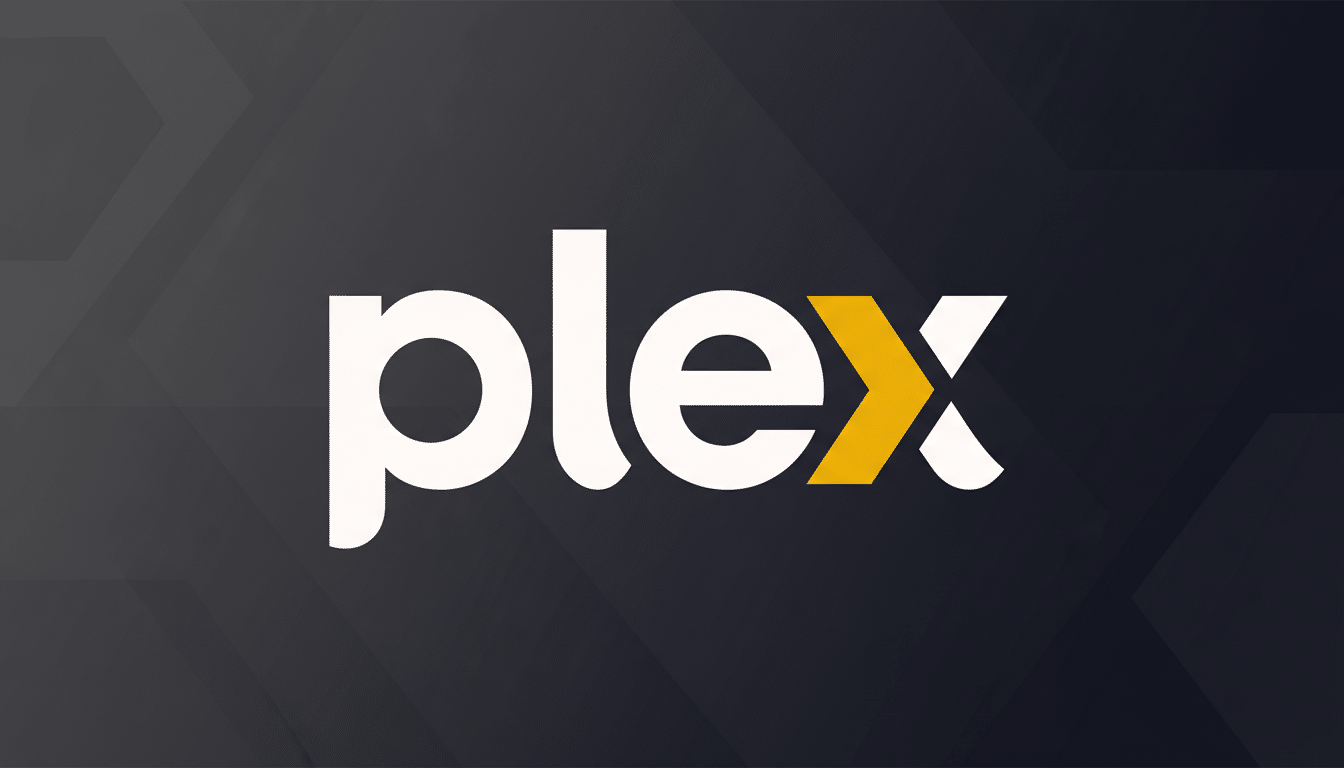Plex has effectively stopped offering free remote streaming, breaking away from users who prefer to hide their media servers in a closet.
The shift begins on the Roku app and will spread to other platforms. In effect, Plex is paywalling a feature that for quite some time was one of its distinguishing features among cord-cutters and people who maintain their own media archives.
- What changes for users under Plex’s new remote policy
- Pricing and how Plex’s new remote access model works
- Why Plex is moving to paid access for remote streaming
- Rollout timeline and how platforms will be affected
- What the changes mean for home media enthusiasts
- Bottom line: how Plex’s change affects most users

For years, Plex allowed users to stream their self-hosted libraries on the go and share those with friends at no cost. That convenience comes with a new necessity—at least for access to remote playback beyond your local network, you’ll need each account involved to have a paid plan. Local, in-home streaming remains free.
What changes for users under Plex’s new remote policy
Anybody who streams from an outside-the-home Plex library—whether they own the server or have been invited as a friend—will need either a Plex Pass or one of the new Remote Watch Passes.
If you run a server and you share your library with four people who don’t live in the same house as you, you need to have a pass for each of those four accounts in order to be allowed to keep watching remotely.
Plex Pass is still the full-featured premium subscription (now priced at $6.99 a month) covering remote access for up to one account, as well as features such as downloads, Skip Intro, and hardware-accelerated transcoding. Remote Watch Pass is a cheaper solution expressly designed for remote viewing: $2 per year per person, with no frills beyond being able to stream outside your home.
Inside your home network, nothing changes. Phones, tablets, TVs, and consoles can still stream from a PC or NAS without a subscription.
Pricing and how Plex’s new remote access model works
The new model is straightforward: a single account, single entitlement. A family with the server operator on a business trip could go for Plex Pass, while friends and distant relatives who are only interested in remote playback can nab the $2 Remote Watch Pass. Moreover, the pass is linked to the viewer’s account, not the server, meaning viewers independently control their access at low cost.

This model also tidies up a long-standing oddity with media sharing: while Plex made the sharing easy, the company was picking up the bill for relay bandwidth, authentication, and support. The Remote Watch Pass is a nod to those expenses without requiring every user to be shoehorned into some kind of premium tier.
Why Plex is moving to paid access for remote streaming
Remote streaming is deceptively complex. Some people continue to connect directly to their home servers, but many use Plex’s relay service where direct connections are thwarted by routers or firewalls. Relays devour paid-for cloud bandwidth at Plex and increase both compute load and support overhead with remote transcoding. In its announcement, the company framed the change as a requirement to maintain development: “This price increase will allow us to continue investing dedicated resources in developing features that our customers use most.”
Industry context supports the economics. Global Internet Phenomena reports from Sandvine often report that video accounts for more than half of all internet traffic. Even in cases where the majority of media flows “downstream” to viewers, relays and on-the-fly transcodes require upstream and processing costs at some point in the flow. Amid that environment, putting remote access behind a paywall means Plex’s costs better match usage.
Rollout timeline and how platforms will be affected
Plex is flipping the switch first on Roku, which makes sense because it’s more likely to be used in living rooms than any other device at this point. There, users will see prompts to subscribe before they can remote-play. It will be the same playbook for other supported platforms. Local streaming will not be impacted on those devices, and existing shared libraries will remain available—remote play just won’t initiate off the library if the account with which you’re sharing doesn’t have an active pass.
What the changes mean for home media enthusiasts
For heavy sharers, the Remote Watch Pass is cheap, but it represents a boundary and codifies one that was formerly porous. For friends who tended to visit a library here or there periodically, they will be slapped with an easily absorbed annual fee, while power users are going either the Plex Pass direction for the fuller feature set and transcoding that works better than before.
Some will look to alternatives. Jellyfin, a free and open-source media server, also supports manual remote streaming approaches like forwarding a port or a reverse proxy. Emby has a paid tier that is similar to Plex Pass. These methods require a little more setup and maintenance, but they maintain remote access without per-viewer charges.
Bottom line: how Plex’s change affects most users
Plex’s decision marks the end of an era of free remote streaming that was actually free, bringing its business model in a little closer line with what it costs to provide bandwidth, cloud infrastructure, and support. For the vast majority of users, though, the decision is a simple one: pay and continue watching on the go or stay local and free. Either way, though, the home media landscape is shifting, and Plex is betting bigger on a lasting version of the feature that made it indispensable.

